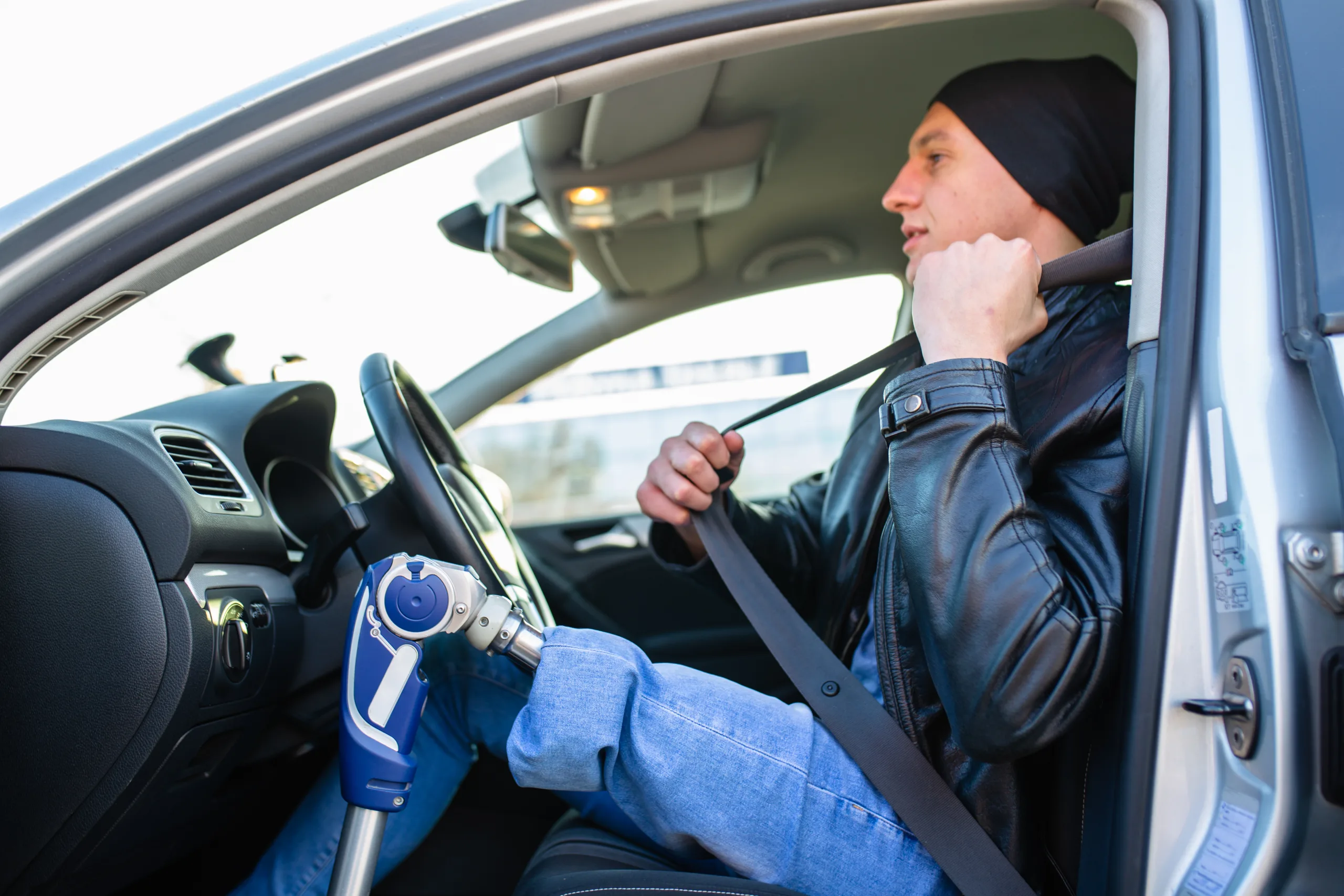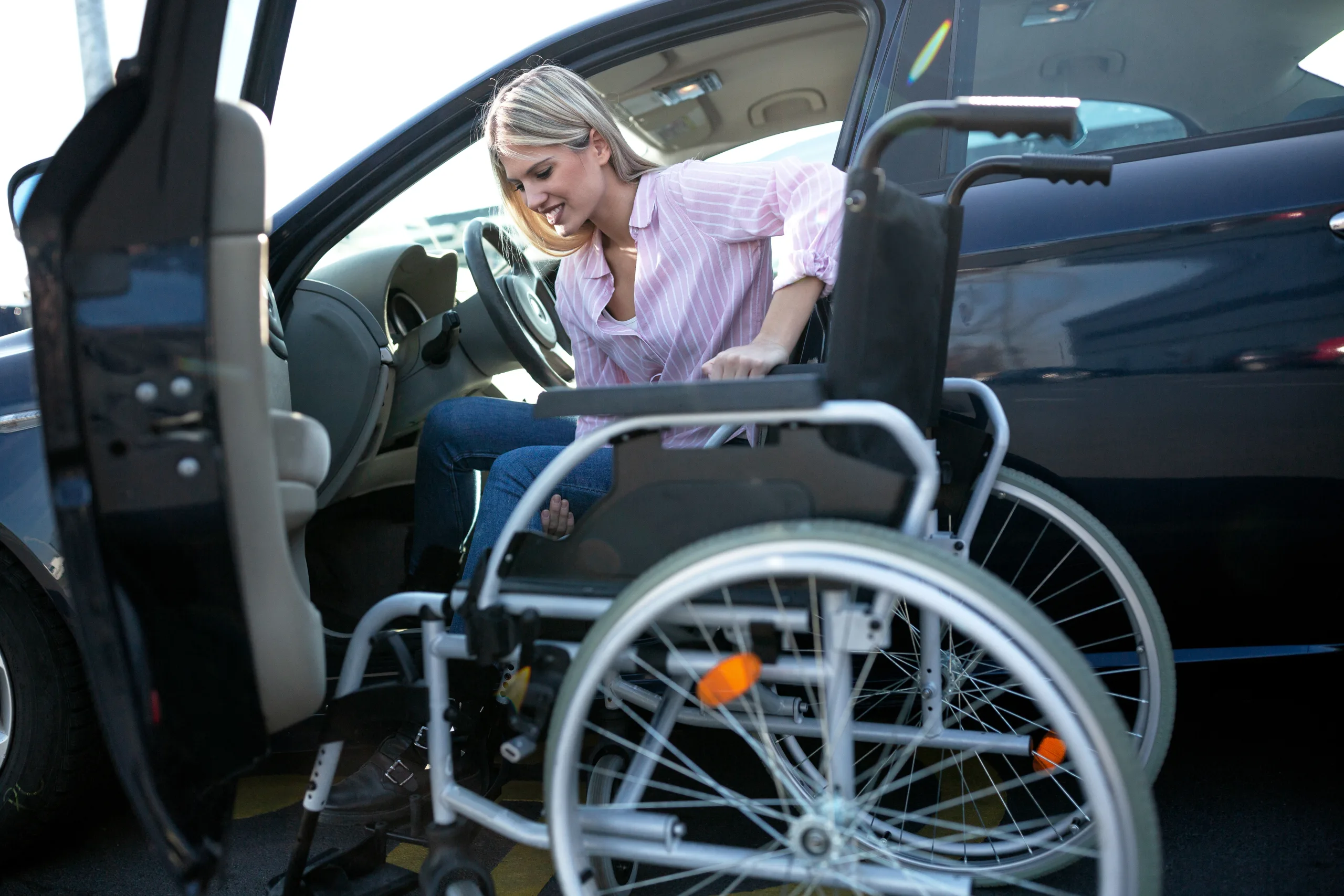Nominations are now open for a new FIA Award, which will be presented during the FIA General Assemblies week in Tashkent, Uzbekistan, in December 2025. The new Empowering Disabled Motorsport…
Navigating the world as a disabled driver is an experience of resilience, adaptability, and sometimes frustration. As someone with Cerebral Palsy, I know firsthand the empowerment that comes from being behind the wheel. Driving means freedom: the ability to go where I want, when I want, without having to rely on others. But it also means facing the challenges of an infrastructure that isn't always designed with accessibility in mind. This is where our work at Access Earth comes into play, and where technology can truly make a difference for disabled drivers and passengers.
The reality is that so much of our current infrastructure has been designed with a default user in mind—a mid-twenties, right-handed male. This approach leaves many of us behind, especially as our needs change over time. The role of local authorities should be to ensure that we all live in a society that we don’t age out of—a society that adapts to our needs, no matter our ability or stage of life.

Matt McCann, CEO of Access Earth
At Access Earth, we are on a mission to make the world accessible for everyone through the means of technology, innovation and inclusion. Our team is dedicated to mapping accessibility, not just in buildings but across entire environments.
We partner with organisations like the European Space Agency and local councils to create innovative solutions, like our SPACES project, which uses sensors and bluetooth technology to make parking more accessible for disabled drivers.
These kinds of solutions aren’t just about convenience, they're about dignity, independence, and equality.
Technology has the power to completely transform the experience of disabled motorists. Imagine arriving at a car park and knowing, through a simple app on your phone, where the accessible spaces are located, and whether they’re currently available. This kind of real-time information can reduce the stress of traveling and provide a much smoother experience. Ground sensors and smart parking cards are just the beginning. By leveraging technologies like AI, GPS, and user-driven data collection, we can help disabled drivers find suitable routes, save time, and access services that might otherwise be out of reach.
Local authorities and the private sector both have a role to play in improving the experience for disabled drivers. Investing in accessible infrastructure, whether installing sensors in car parks or ensuring electric vehicle charging points are accessible, makes a real difference. It’s also about ensuring that accessibility information is readily available—that disabled drivers know, before they even set out, that their destination is welcoming and well-equipped.
The private sector has the opportunity to lead by example. Retailers, service stations, and entertainment venues can use technology to ensure their spaces are accessible and to communicate that commitment to customers. Imagine a world where every step of the journey, from planning to parking to entering a building, is seamless for a disabled driver or passenger. It’s achievable, but it requires commitment and collaboration.
Ultimately, the road ahead for disabled drivers can be a lot smoother if we all play our part. By combining lived experiences with technological innovation, we can create a more inclusive world—one where every driver, regardless of ability, can feel the same sense of freedom and empowerment that driving has always given me.



